The Importance of Documentation in Software Development (2025 Guide)
Table of Contents
The Importance of Documentation in Software Development
Introduction: Why Documentation Deserves More Attention
Let’s be honest—writing documentation isn’t the most exciting part of software development. But in 2025, as teams grow more global and code becomes more complex, documentation has become more important than ever.
It’s not just a “nice to have.” It’s a must-have for building software that’s easy to use, maintain, and improve over time.
In this guide, we’ll explore the real-world importance of documentation in software development, what types you need, and how to make it easier for your team.

What is Documentation in Software Development?
In simple words, documentation means writing things down so everyone understands what the software does, how it works, and how to use or change it.
It can include:
-
Instructions for developers
-
Setup guides
-
API references
-
Diagrams
-
User manuals
Good documentation helps both developers and non-developers understand the software better.
Why Documentation Matters
Keeps Everyone on the Same Page
Software projects often involve many people—developers, testers, designers, product managers, and clients.
Without documentation, it’s easy to get lost. Good documentation helps teams:
-
Understand project goals
-
Follow the right processes
-
Avoid repeating work
-
Solve problems faster
Speeds Up Onboarding
Imagine a new developer joining your team. Without clear docs, they’ll waste days trying to figure out how the code works.
With docs, they can:
-
Set up their local environment quickly
-
Understand the codebase
-
Start contributing sooner

Makes Code Easier to Maintain
Code gets old. People leave teams. If no one knows why something was written a certain way, future changes become risky.
Good documentation:
-
Explains decisions
-
Lists dependencies
-
Shows how things are connected
This reduces bugs and makes updates safer and faster.
Improves Collaboration
In 2025, many software teams work remotely. Communication can easily get lost in chat apps or calls.
Documentation provides a shared source of truth—accessible anytime, by anyone.
Boosts Product Quality
Clear instructions for using the software mean fewer errors for users.
Whether it’s an internal tool or a public API, good documentation helps:
-
Testers understand what to test
-
Users avoid mistakes
-
Support teams solve issues faster
Saves Time in the Long Run
Writing documentation takes time—but it saves a lot more later. Instead of answering the same questions again and again, you can point people to a guide.
Think of it as an investment in your team’s future.
Types of Software Documentation (You Actually Need)
1. Code Comments
Short notes inside the code that explain what a function or block does.
Example:
// This function calculates the total price after discount
2. Technical Documentation
Guides for developers. Explains how the system works, how to set it up, and how to contribute.
Includes:
-
System architecture
-
Setup steps
-
API details
-
Versioning info
3. User Documentation
Simple guides that explain how to use the product. Ideal for non-developers.
Includes:
-
User manuals
-
FAQs
-
How-to articles
4. Project Documentation
Includes planning, goals, features, and timelines. Helps align teams and track progress.
Includes:
-
Requirements
-
Feature specs
-
Change logs
5. API Documentation
Explains how to use your APIs, with examples, parameters, and error codes.
Tools like Swagger or Postman can help generate this automatically.
Best Practices for Writing Good Documentation
-
Use simple, clear language
-
Keep it short and focused
-
Use headings and bullet points for structure
-
Add examples and visuals where possible
-
Keep it up to date
💡 Pro Tip: If your documentation is hard to read, people won’t use it. Write for humans, not robots.
Is Documentation Secure?
Yes—but only if handled properly. Avoid putting passwords, API keys, or sensitive data in public docs.
For private projects:
-
Use tools like Confluence, GitHub Wiki, or Notion
-
Set permissions based on team roles
Are you looking to Grow your business with skilled developers? Hire a contract developer today to bring fresh ideas and expertise to your team. Learn how UpforceTech can help!
Sign up for the free Newsletter
“Code tells you how. Documentation tells you why.”
UpforceTech
FAQs
Yes! Even small apps benefit from basic setup and code instructions.
Depends on your team. Popular tools include Notion, GitBook, Markdown, and Google Docs.
Usually, the developer or team working on the code. Everyone can contribute.
Every time a major change is made—or at least once every sprint.
Comments help, but full documentation explains the bigger picture.

